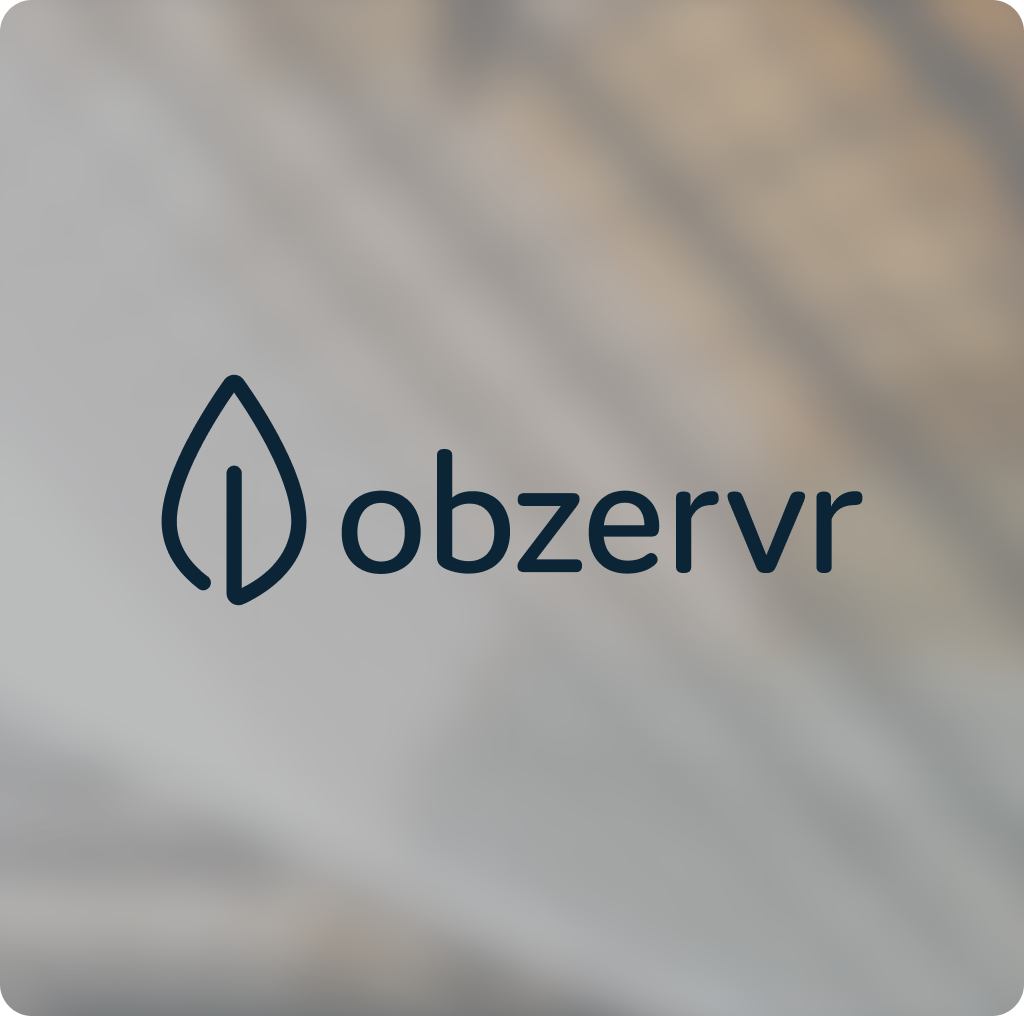Introduction
In an ever-evolving digital landscape, software integrations are becoming increasingly critical to streamline workflows and foster seamless collaboration across various departments. Our experienced team at Getint has amassed invaluable insights from years of working with Atlassian-related integrations, including Jira, Azure DevOps, ServiceNow, Asana, GitHub, GitLab, Monday, Zendesk, and Wrike. The diversity of these apps reflects the unique requirements and technical acumen of different teams - from software engineers to support teams and marketing professionals.
With this diversity comes complexity, especially when it comes to creating the integrations. Technical staff often bear the brunt of this complexity, tasked with accommodating different team requirements while navigating varying levels of technical knowledge. To help you better understand these challenges and navigate your own integration journey, we've distilled our knowledge into five key considerations.
About Us: Getint
Getint emerged from a shared vision to facilitate effortless collaboration between teams and companies. As founders, our journey began while working for one of the first Atlassian Vendors, where we developed an application integrating Jira and Microsoft TFS (now Azure DevOps). Our mission was, and remains, to develop fast, reliable, and cost-effective solutions that address real, business-critical problems. Through the use of advanced technology and a strong focus on integration, we believe getint.io delivers on this mission.
Top 5 Business-related Factors to Consider when Choosing Integration Software
- Why do you need the app?
While most companies perceive integrations as a time-saving tool, they offer much more. Efficient integrations minimize human error that often occurs during manual transfer of tasks and issues, and greatly improve team morale by eliminating tedious tasks. Before you decide on an integration app, take the time to explore the potential benefits and cost savings it can provide for your company.
- Build in-house or buy a license for existing software?
The allure of in-house built integrations is undeniable, especially when you already have developers at your disposal. However, the question to ask is whether building and maintaining integration software is the best use of your developers' time and skills. The alternative is to buy an existing solution, but the key is to select the right one. Carefully consider the potential benefits and drawbacks of both options, and use our comprehensive list of 22 questions below to guide your decision.
- Think long-term, not short-term.
Organizational growth and change are inevitable, and your integrations need to be flexible enough to adapt. Whether it's migrating past data, integrating existing tasks, or scaling up to accommodate new tools or contractors, your chosen solution should support your evolving needs.
- Expensive vs. reasonable. How to perceive the pricing of the tools?
Perception of cost is often subjective. Rather than seeking free solutions, it's important to consider the value an integration tool can provide in terms of time saved and efficiency gained. Use available online calculators to estimate the cost of wasted time and compare it with the price of integration apps. You may find that what seems expensive initially is reasonable when you factor in the potential savings.
- Deliver value fast – what’s the Time to POC (proof of concept)?
When choosing a software, the ability to quickly realize its value is crucial. Opt for a solution that allows you to rapidly test your use case and demonstrate its viability. Remember, simplicity in the initial stages is essential, but the tool should also be capable of addressing specific requirements that may arise during testing.
Conclusion
Our intent with this post is to provide you with a succinct guide, derived from our hands-on experience, to help you navigate your integration journey. The key takeaway is to spend time answering these critical questions to find the integration solution that works best for you. If you’d like to try our solutions, Getint apps are available via Atlassian Marketplace. For direct discussions, feel free to reach out at jacek@getint.io.






















